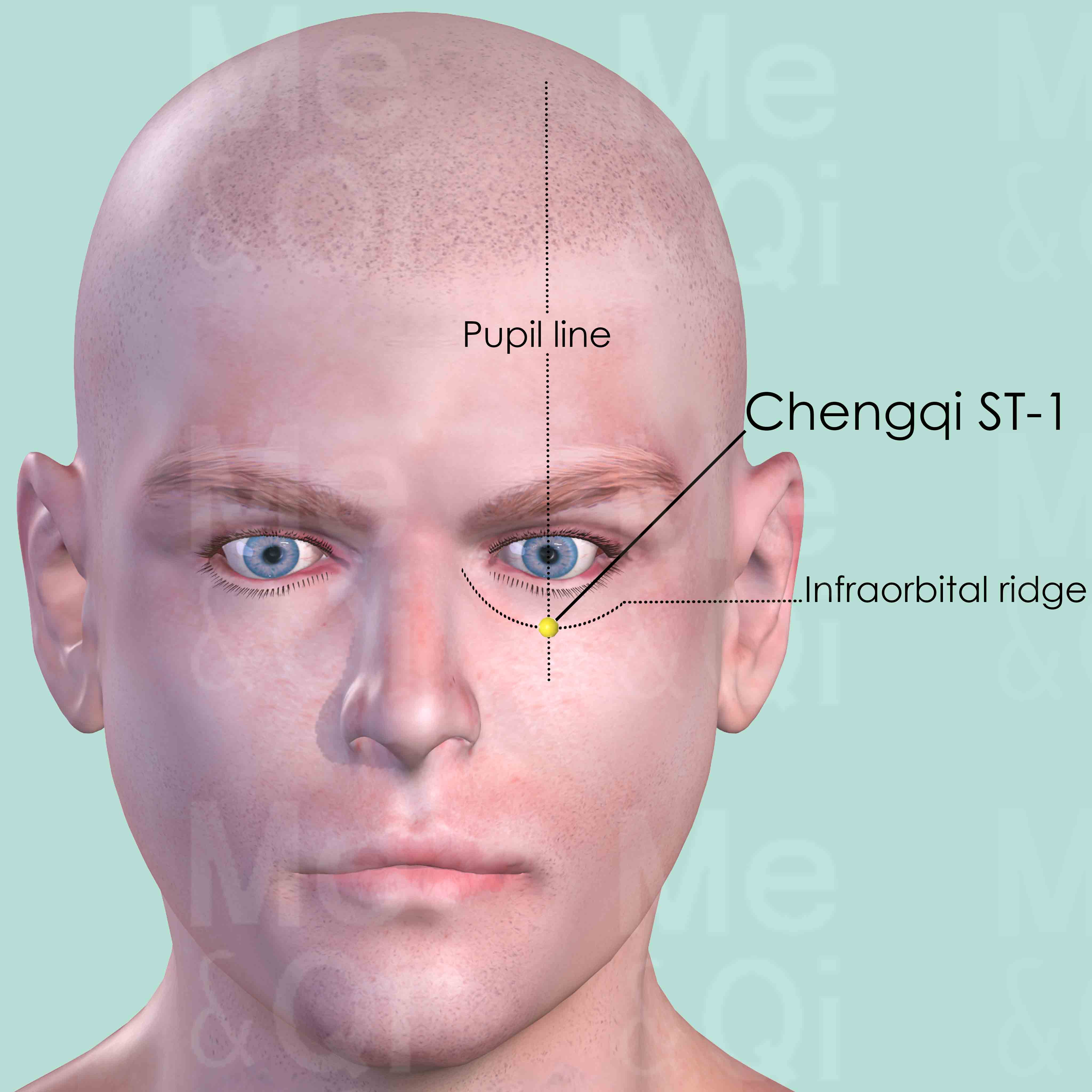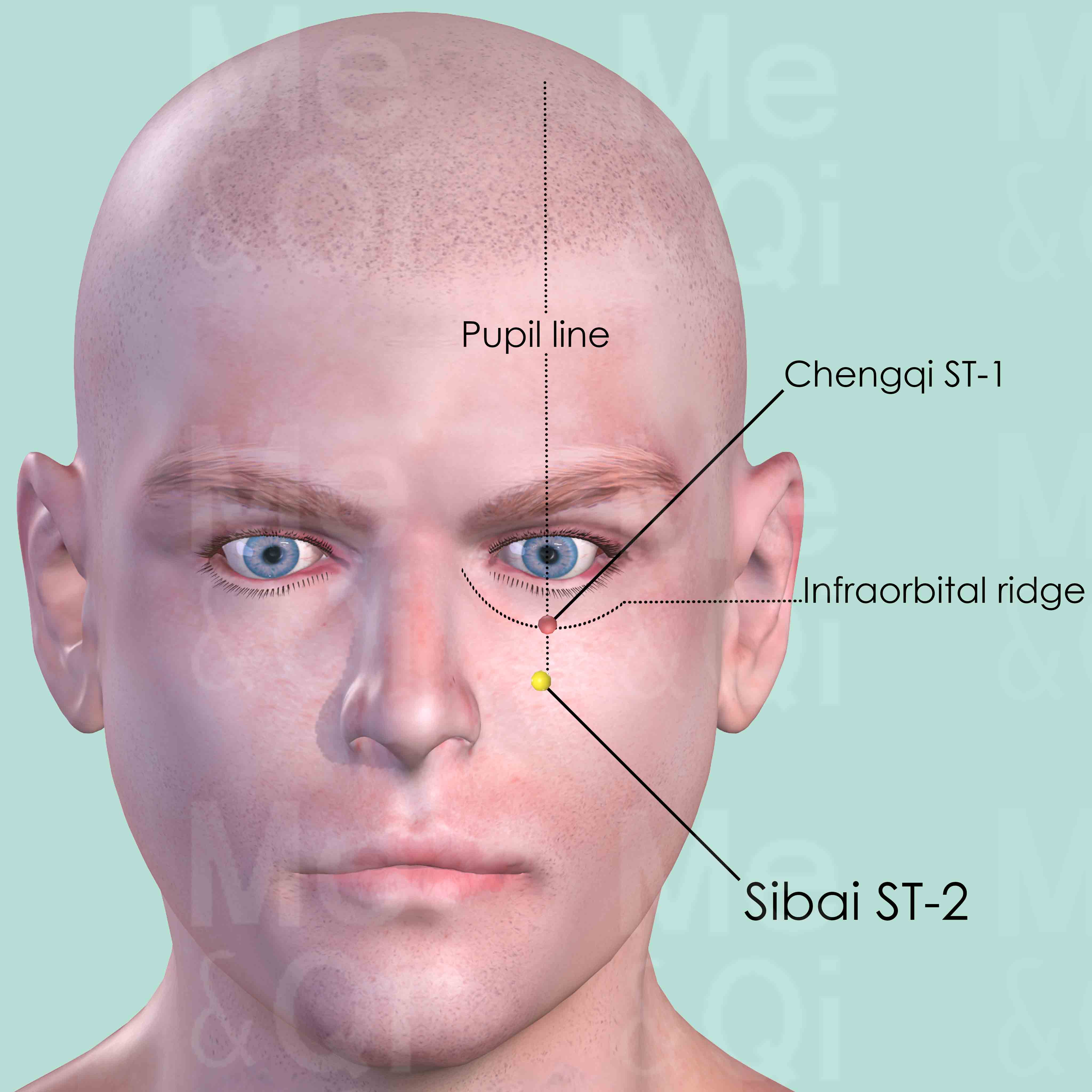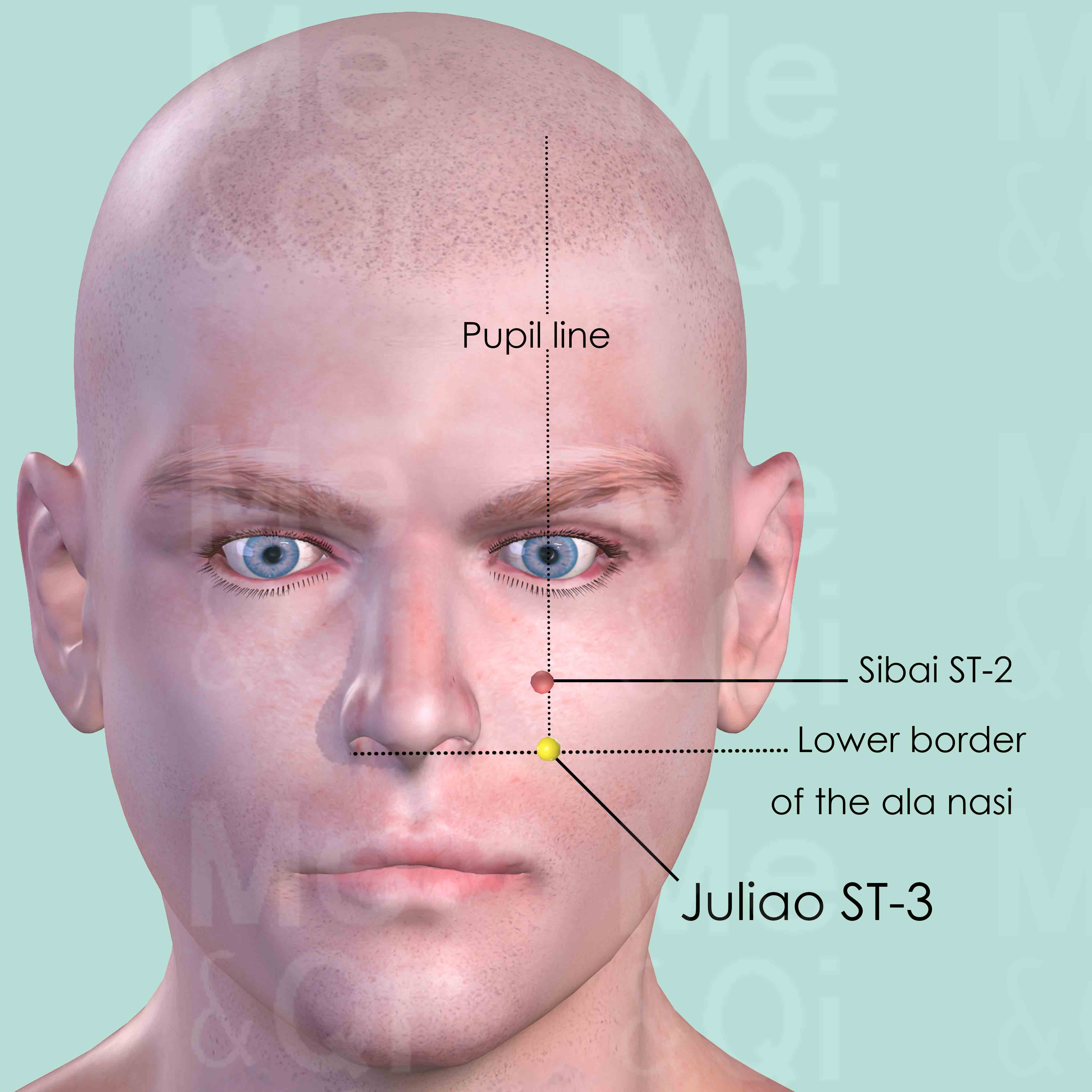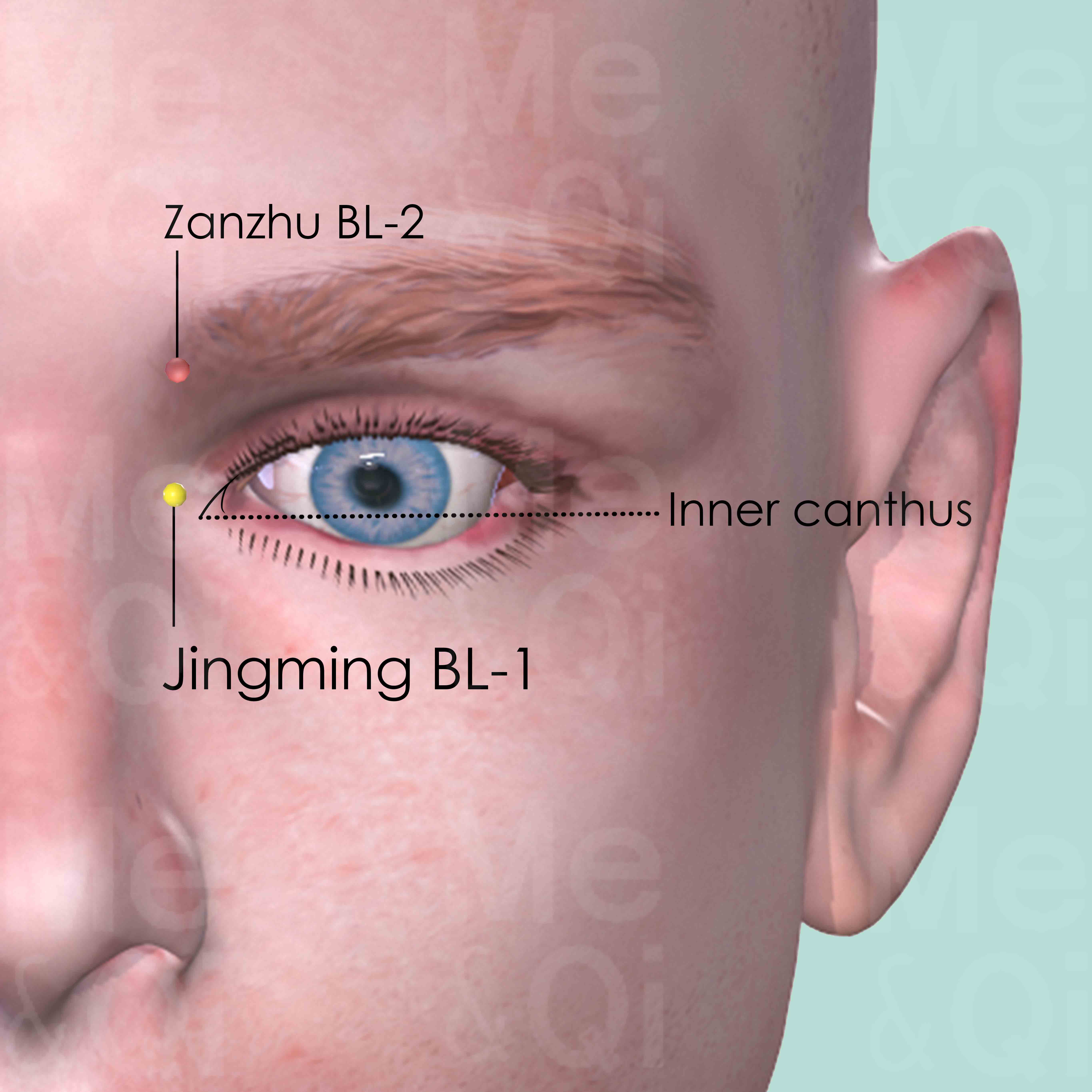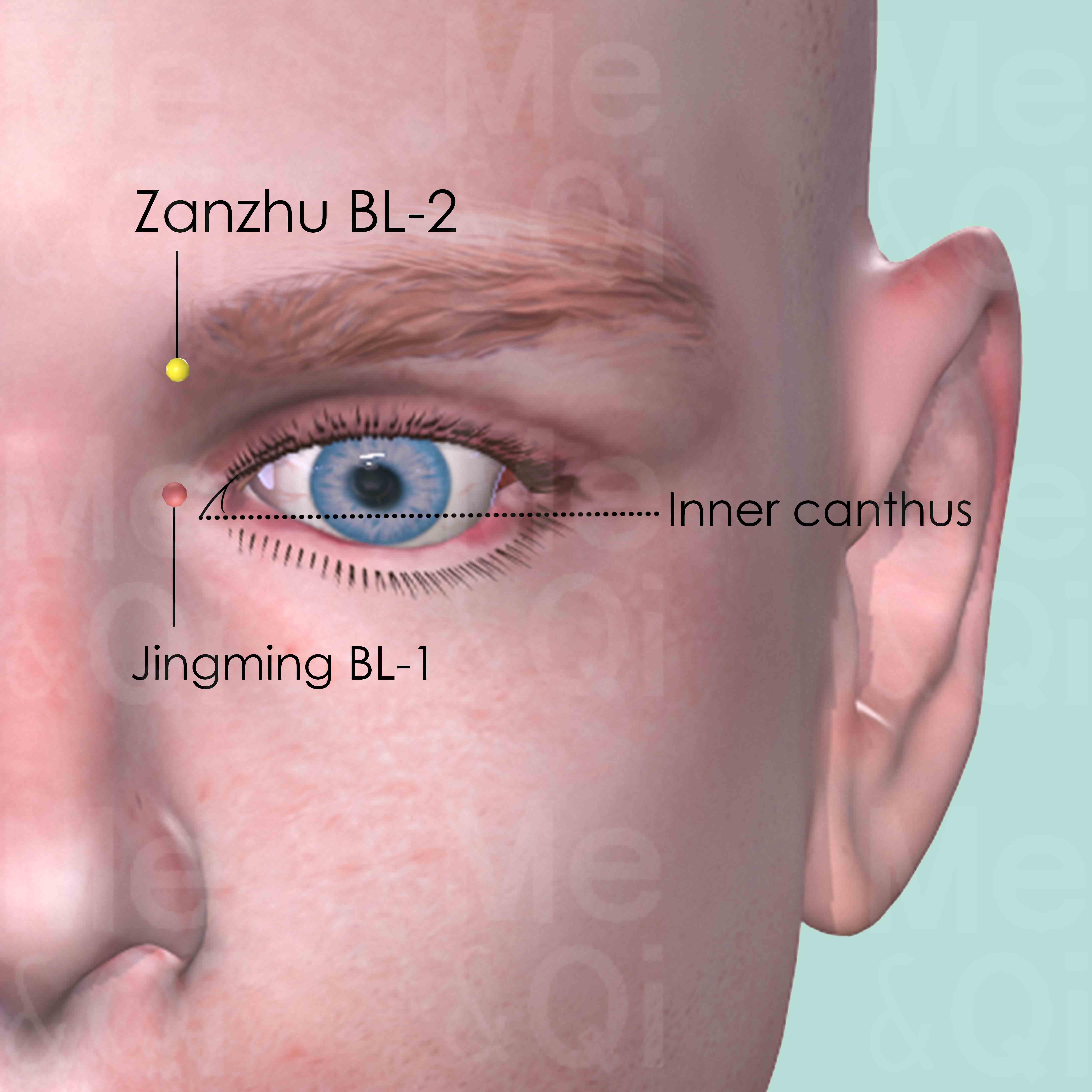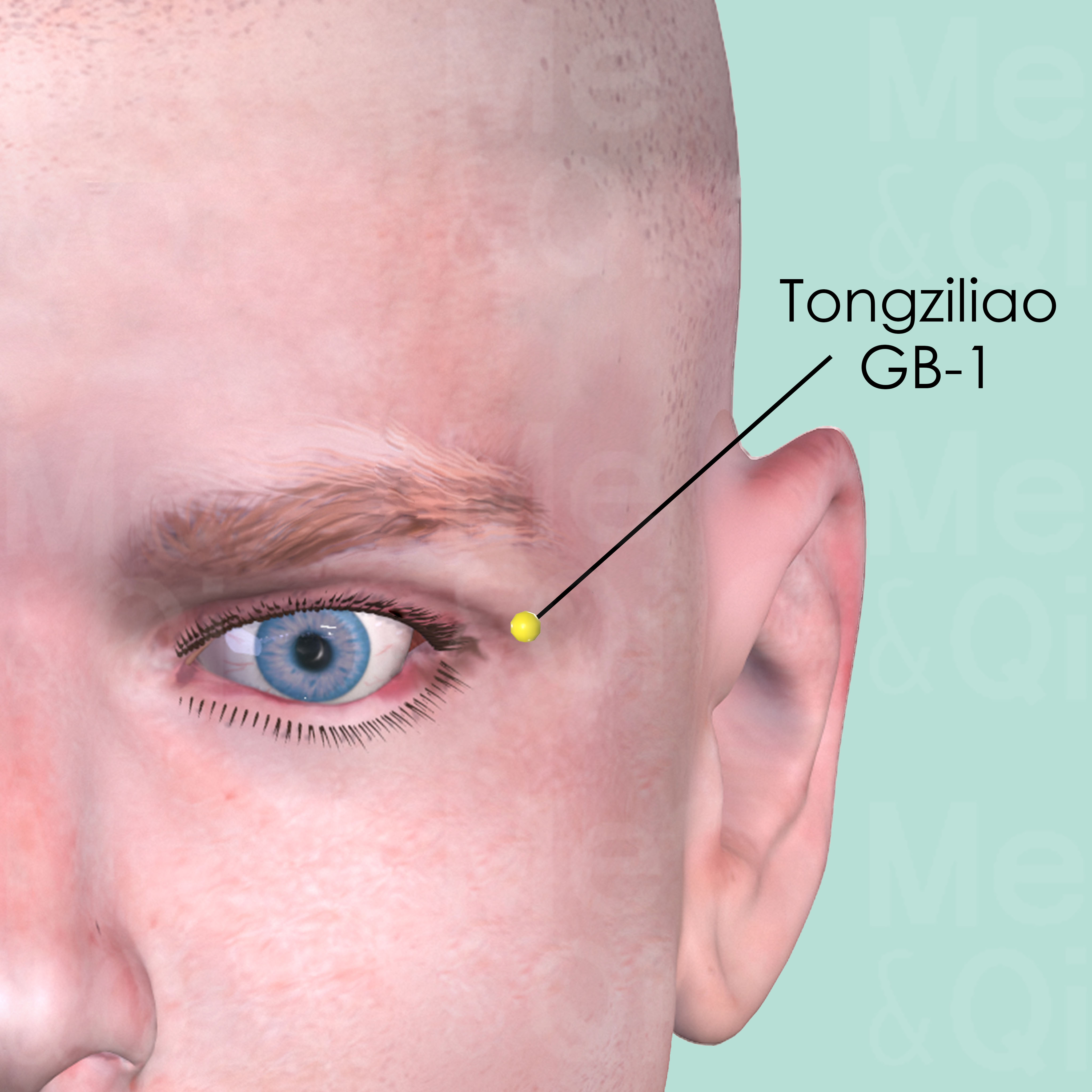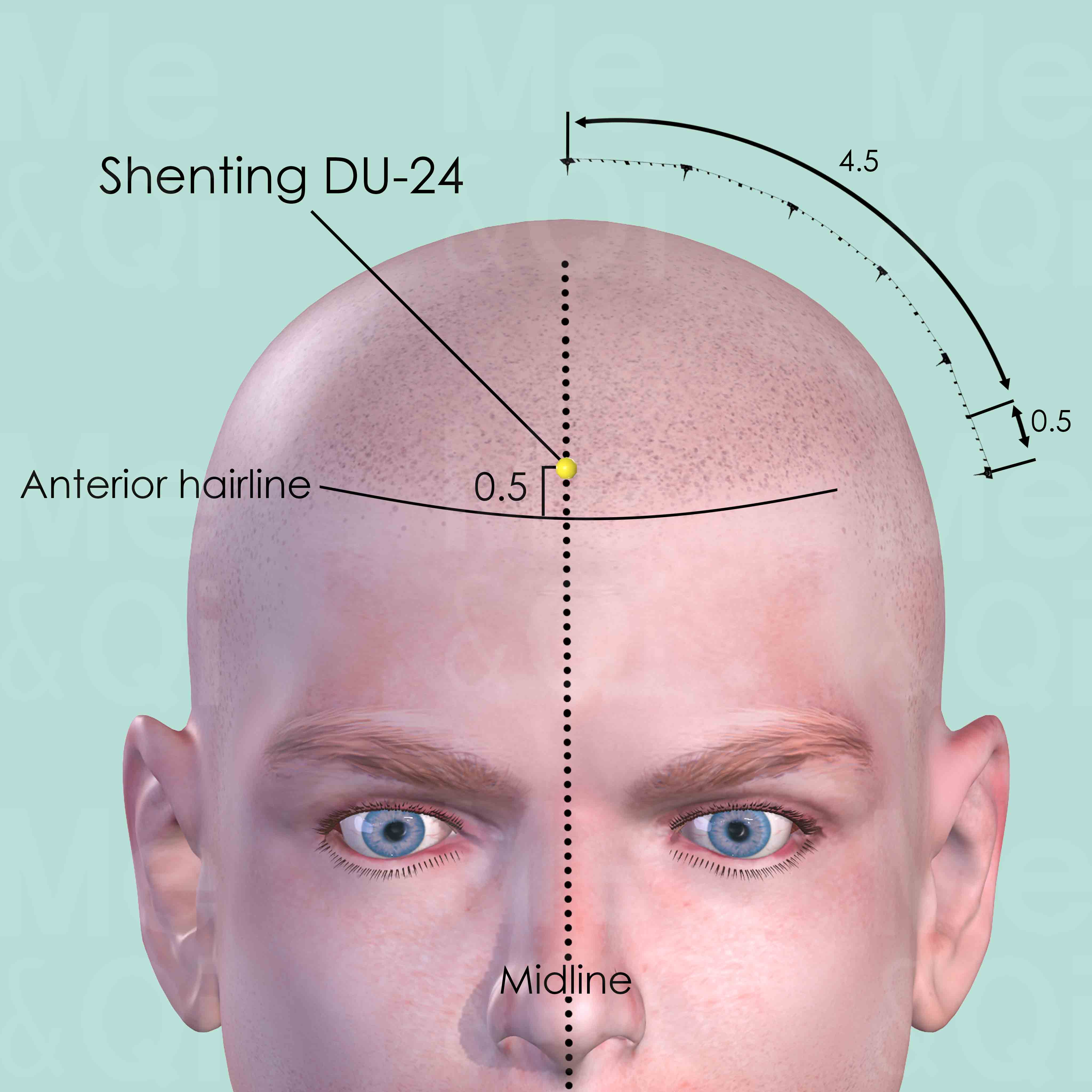Cryingaccording to TCM
Symptom family: Depression and Sadness
Parent symptom: Crying
Root Causes of Crying in TCM
Explore below more details about what might cause Crying according to TCM.
- By Syndrome
- By Organ
- Blood Deficiency
- Qi Stagnation
- Yin Deficiency
- Liver
- Heart
- Kidney
Blood Deficiency
Blood Deficiency in TCM is like when your body's tank runs low on the vital energy that blood provides. It's not exactly the same as anemia in modern medicine, which is about having too few red blood cells. Instead, Blood Deficiency in TCM is about your body not having enough of the life-giving qualities that blood brings, like nourishment and moisture. This can make you feel tired, look pale, and even feel dizzy or have blurry vision. It's like a garden not getting enough water to stay lush and vibrant. TCM sees this as an imbalance where the body isn't being nourished as it should be, impacting overall health and well-being.... see more
Blood Deficiency Patterns That Can Lead to Crying
Common Symptoms: Insomnia Confusion Melancholia Abnormal Behavior Yawning Night Sweats Easily Startled Vivid Dreaming
| Pattern Name | Relevant Symptoms | Relevant Formulas |
|---|---|---|
| Heart Blood Deficiency with Liver Qi Stagnation | Crying, Confusion, Melancholia, Abnormal behavior, Insomnia, Yawning | Gan Mai Da Zao Tang |
| Heart Blood Deficiency | Tearfulness, Easily startled, Vivid dreaming | Gui Pi Tang |
Qi Stagnation
Qi Stagnation in TCM is like having a traffic jam in your body's energy system. Qi, the vital life force that flows through your body, is supposed to move smoothly to maintain health and balance. But with Qi Stagnation, this flow gets blocked or slowed down, like cars stuck on a highway. This can lead to symptoms like feeling stressed, emotional mood swings, and physical discomfort, often described as a feeling of fullness or tightness, especially in the chest or abdomen. It's as though the body's internal energy circulation is disrupted, causing various issues. TCM sees this as an energy flow problem, different from modern medicine's focus on specific physiological processes.... see more
Qi Stagnation Patterns That Can Lead to Crying
| Pattern Name | Relevant Symptoms | Relevant Formulas |
|---|---|---|
| Heart Blood Deficiency with Liver Qi Stagnation | Crying, Confusion, Melancholia, Abnormal behavior, Insomnia, Yawning | Gan Mai Da Zao Tang |
Yin Deficiency
Yin deficiency in TCM is a pattern of disharmony characterized by a depletion of the body's Yin energy, which represents the cooling, moistening, and nurturing aspects of our physiology. This condition often arises from factors like chronic stress, overwork, insufficient rest, or prolonged illness. Symptoms of Yin deficiency can include a sensation of heat, especially in the afternoon or evening, night sweats, insomnia, a dry mouth or throat, and a red tongue with little coating. There might also be a general feeling of restlessness or irritability. Since Yin is essential for balancing the body's active and warm Yang energy, its deficiency leads to a relative excess of Yang, manifesting as heat or dryness symptoms.... see more
Yin Deficiency Patterns That Can Lead to Crying
| Pattern Name | Relevant Symptoms | Relevant Formulas |
|---|---|---|
| Kidney and Liver Yin Deficiency | Excessive tear, Dizziness, Tinnitus, Hearing loss, Lower back pain, Vertical headaches, Occipital headache, Insomnia, Limb numbness, Tingling of limbs, Dry eyes, Blurry vision, Dry throat, Dry hair, Skin dryness, Withered and brittle nails, Vaginal dryness, Night sweats, Dry stools, Nocturnal emission, Scanty menstruation, Amenorrhea, Late menstruation, Infertility... see more | Ming Mu Di Huang Wan |
Liver
In TCM the Liver is viewed as the organ responsible for the smooth flow of Qi, Blood, and emotions throughout the body. It plays a key role in regulating mood, storing blood, supporting digestion, and ensuring the health of tendons and eyes. When the Liver malfunctions or is imbalanced in TCM, it can lead to a range of issues such as irritability, mood swings, menstrual irregularities, eye problems, and muscular stiffness or pain. A malfunctioning Liver in TCM reflects not only physical disturbances but also emotional and mental disharmony, emphasizing the holistic approach of TCM in addressing health and wellness.... see more
Liver Patterns That Can Lead to Crying
Common Symptoms: Insomnia Night Sweats Confusion Melancholia Abnormal Behavior Yawning Dizziness Tinnitus
| Pattern Name | Relevant Symptoms | Relevant Formulas |
|---|---|---|
| Heart Blood Deficiency with Liver Qi Stagnation | Crying, Confusion, Melancholia, Abnormal behavior, Insomnia, Yawning | Gan Mai Da Zao Tang |
| Kidney and Liver Yin Deficiency | Excessive tear, Dizziness, Tinnitus, Hearing loss, Lower back pain, Vertical headaches, Occipital headache, Insomnia, Limb numbness, Tingling of limbs, Dry eyes, Blurry vision, Dry throat, Dry hair, Skin dryness, Withered and brittle nails, Vaginal dryness, Night sweats, Dry stools, Nocturnal emission, Scanty menstruation, Amenorrhea, Late menstruation, Infertility... see more | Ming Mu Di Huang Wan |
Heart
In TCM the Heart is considered the "emperor" of all organs, primarily responsible for governing Blood and housing the mind, known as "Shen." It plays a crucial role in maintaining mental-emotional equilibrium and controlling the circulation of Qi and blood throughout the body. When the Heart is imbalanced or malfunctions in TCM, it can lead to a range of issues like heart palpitations, insomnia, dream-disturbed sleep, anxiety, and a flushed complexion. Emotional disturbances such as excessive joy or lack of joy are also seen as signs of Heart disharmony. These symptoms reflect not just physical heart conditions but also the state of one's Shen, indicating the interconnectedness of physical and emotional well-being in TCM.... see more
Heart Patterns That Can Lead to Crying
Common Symptoms: Insomnia Confusion Melancholia Abnormal Behavior Yawning Night Sweats Easily Startled Vivid Dreaming
| Pattern Name | Relevant Symptoms | Relevant Formulas |
|---|---|---|
| Heart Blood Deficiency with Liver Qi Stagnation | Crying, Confusion, Melancholia, Abnormal behavior, Insomnia, Yawning | Gan Mai Da Zao Tang |
| Heart Blood Deficiency | Tearfulness, Easily startled, Vivid dreaming | Gui Pi Tang |
Kidney
In TCM the Kidneys are regarded as the body's most fundamental reservoir of Essence, known as Jing, which influences growth, reproduction, and aging. They are not just organs for filtering blood, but a holistic system governing vital life forces. When the Kidneys malfunction in TCM, it can manifest as a variety of health issues, such as chronic fatigue, reproductive problems, imbalances in fluid metabolism leading to edema or dryness, lower back pain, and a sense of fear or insecurity.... see more
Kidney Patterns That Can Lead to Crying
| Pattern Name | Relevant Symptoms | Relevant Formulas |
|---|---|---|
| Kidney and Liver Yin Deficiency | Excessive tear, Dizziness, Tinnitus, Hearing loss, Lower back pain, Vertical headaches, Occipital headache, Insomnia, Limb numbness, Tingling of limbs, Dry eyes, Blurry vision, Dry throat, Dry hair, Skin dryness, Withered and brittle nails, Vaginal dryness, Night sweats, Dry stools, Nocturnal emission, Scanty menstruation, Amenorrhea, Late menstruation, Infertility... see more | Ming Mu Di Huang Wan |
TCM Herbal Formulas for Crying
Explore below some TCM herbal formulas used to address crying, organized by cause and by formula type.
- By Cause
- By Formula Type
- Blood Deficiency
- Qi Stagnation
- Yin Deficiency
- Formulas that nourish the heart and calm the mind
- Formulas that nourish yin and tonify
- Formulas that tonify qi and blood
Top Formula for Blood Deficiency:
Gan Mai Da Zao Tang
Suitable for Blood Deficiency patterns that may cause crying, such as Heart Blood Deficiency with Liver Qi Stagnation
Learn moreAll Formulas Recommended for Crying Caused by Blood Deficiency
| Formula | Patterns Suitable For |
|---|---|
| Gan Mai Da Zao Tang | Heart Blood Deficiency with Liver Qi Stagnation |
| Gui Pi Tang | Heart Blood Deficiency |
Top Formula for Qi Stagnation:
Gan Mai Da Zao Tang
Suitable for Qi Stagnation patterns that may cause crying, such as Heart Blood Deficiency with Liver Qi Stagnation
Learn moreTop Formula for Yin Deficiency:
Ming Mu Di Huang Wan
Suitable for Yin Deficiency patterns that may cause crying, such as Kidney and Liver Yin Deficiency
Learn moreFormulas that nourish the Heart and calm the Mind
These formulas are suitable for some crying-causing patterns like Heart Blood Deficiency with Liver Qi Stagnation.
One such formula is Gan Mai Da Zao Tang, with light wheat as a key herb.
Formulas that nourish Yin and tonify
These formulas are suitable for some crying-causing patterns like Kidney and Liver Yin Deficiency.
One such formula is Ming Mu Di Huang Wan, with prepared rehmannia as a key herb.
Formulas that tonify Qi and Blood
These formulas are suitable for some crying-causing patterns like Heart Blood Deficiency.
One such formula is Gui Pi Tang, with ginseng as a key herb.
Acupoints for Crying
Explore below some acupoints used to address crying, organized by meridian.
- By Meridian
- Stomach Channel
- Bladder Channel
- Gall Bladder Channel
- Governing Vessel
- Large Intestine Channel
- Lung Channel
- Triple Burner Channel
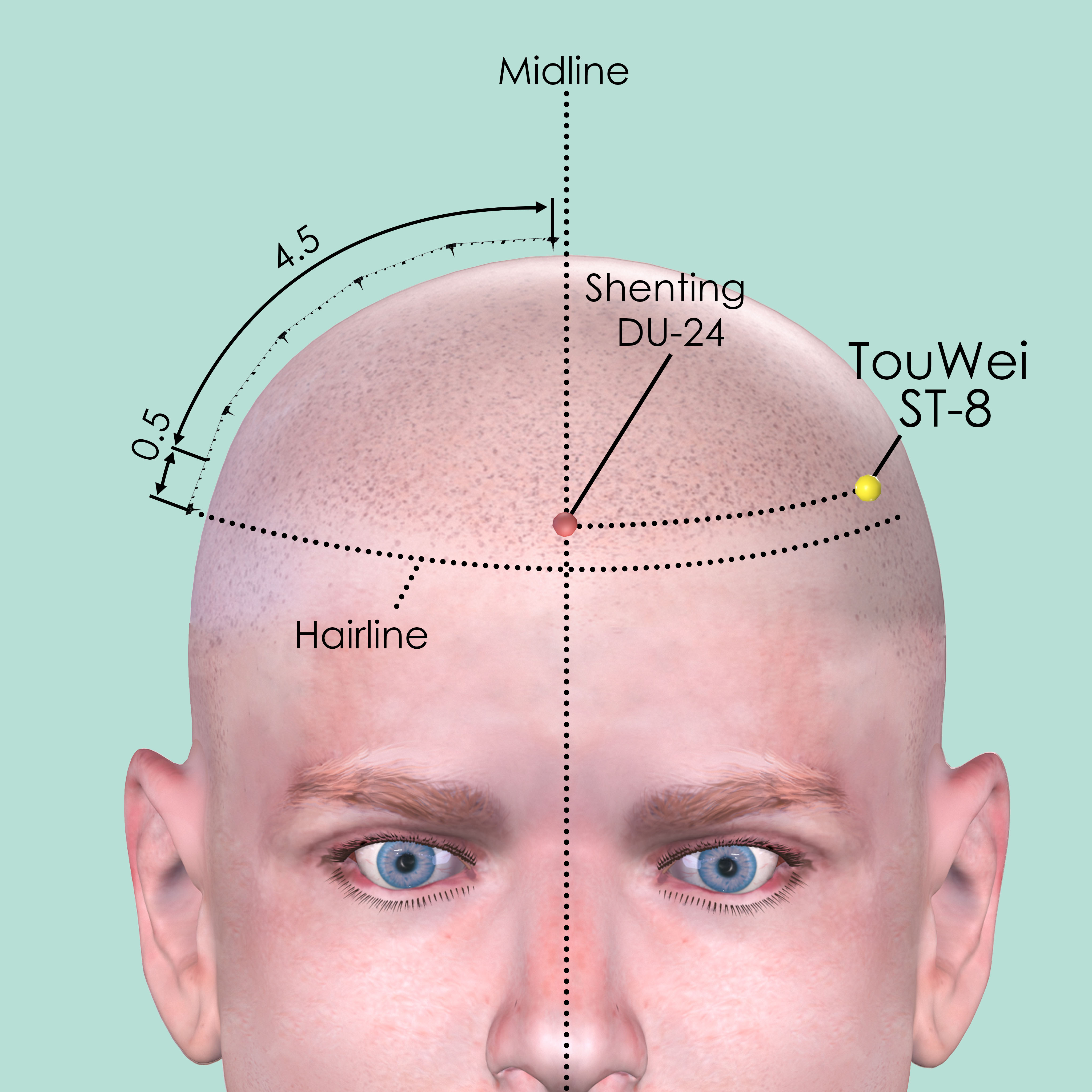
Touwei ST-8
At the temporal corner of the forehead, on the border of the temporalis muscle. 0.5 cun within the anterior hairline at the corner of the forehead and 4.5 cun lateral to the anterior midline.
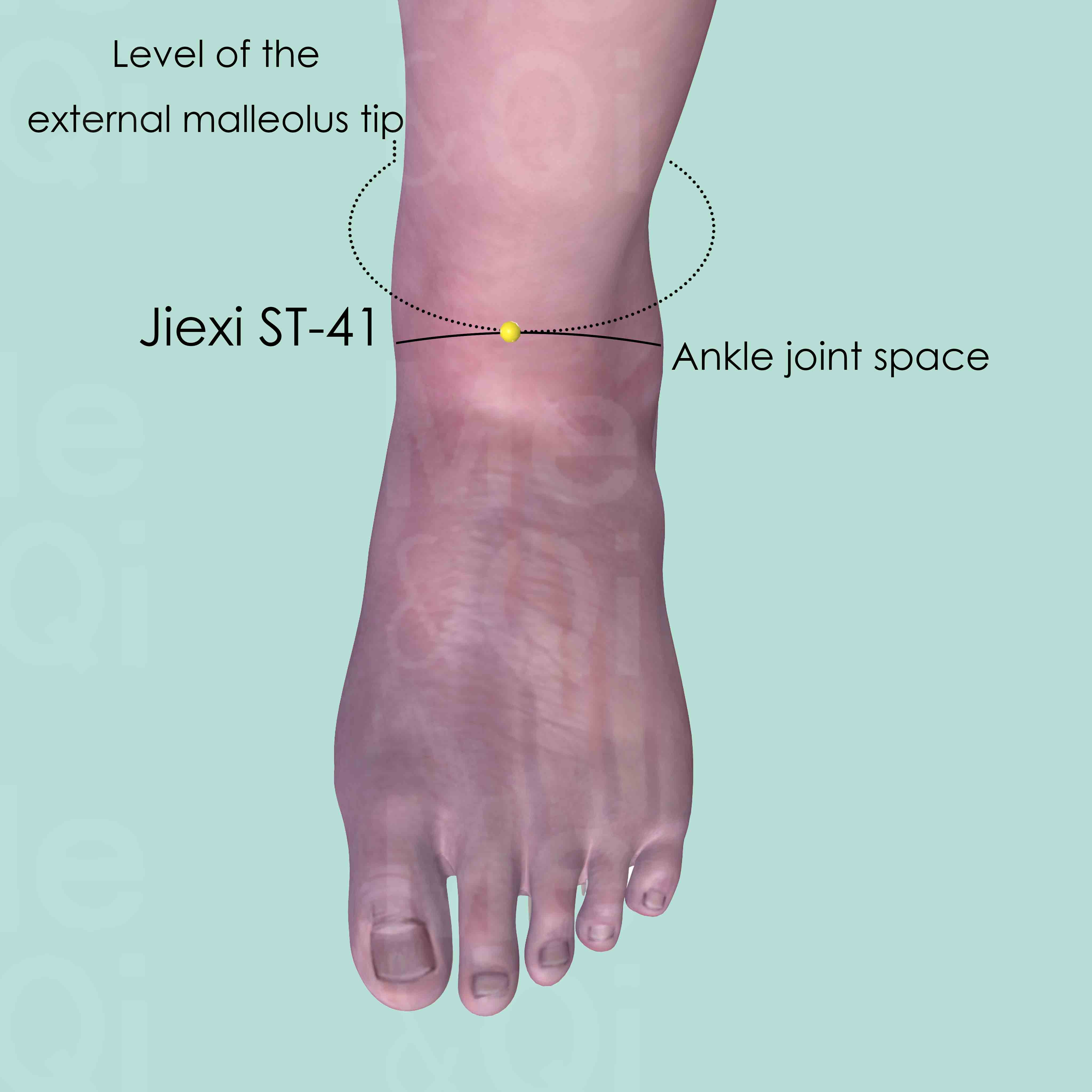
Jiexi ST-41
At the junction of the dorsum of the foot and leg, between the tendons of extensor digitorum and the extensor hallucis longus muscle. Approximately at the level of the tip of the external malleolus.
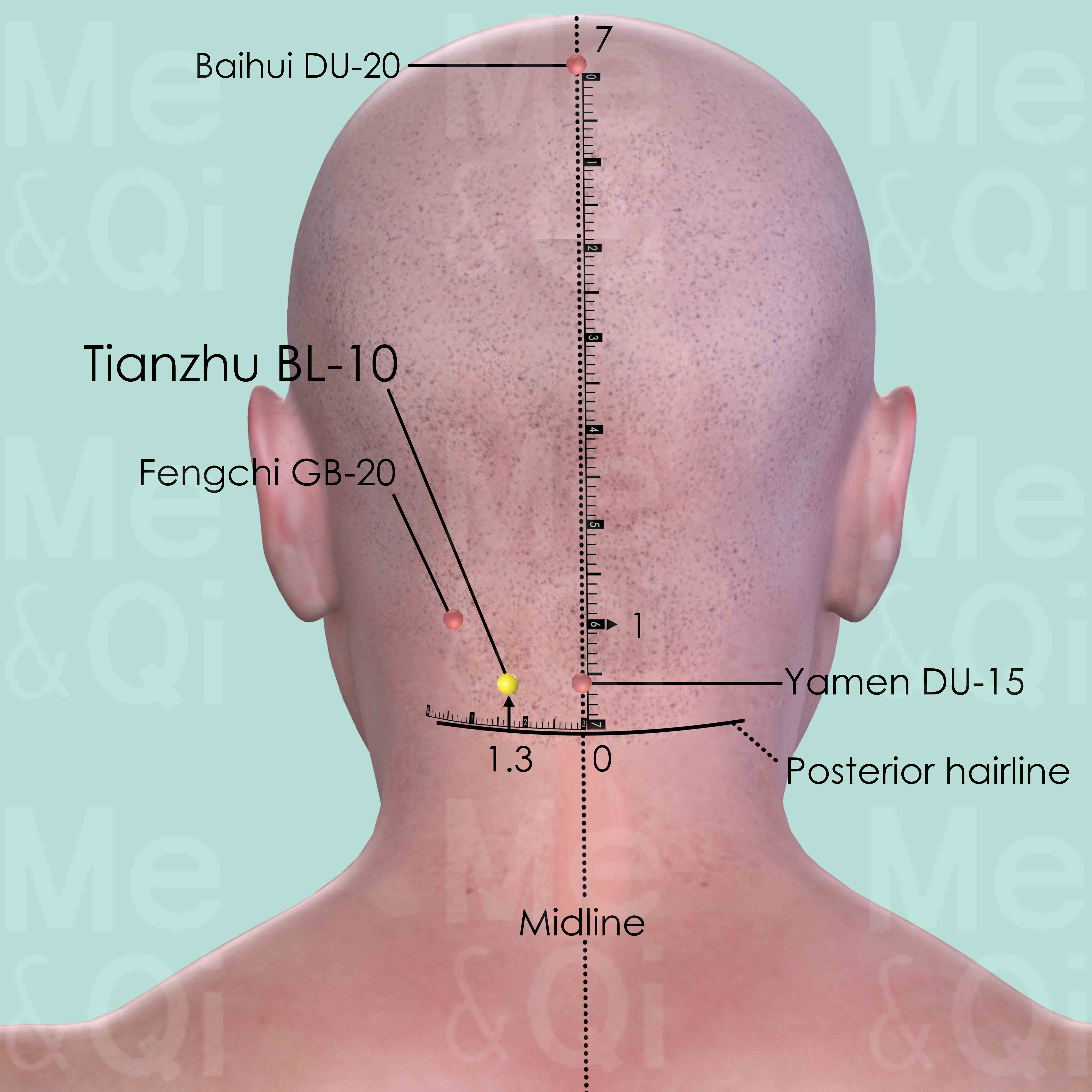
Tianzhu BL-10
1.3 cun lateral to Yamen DU-15 on the posterior midline, 0.5 cun above the posterior hairline, on the lateral side of trapezius muscle.
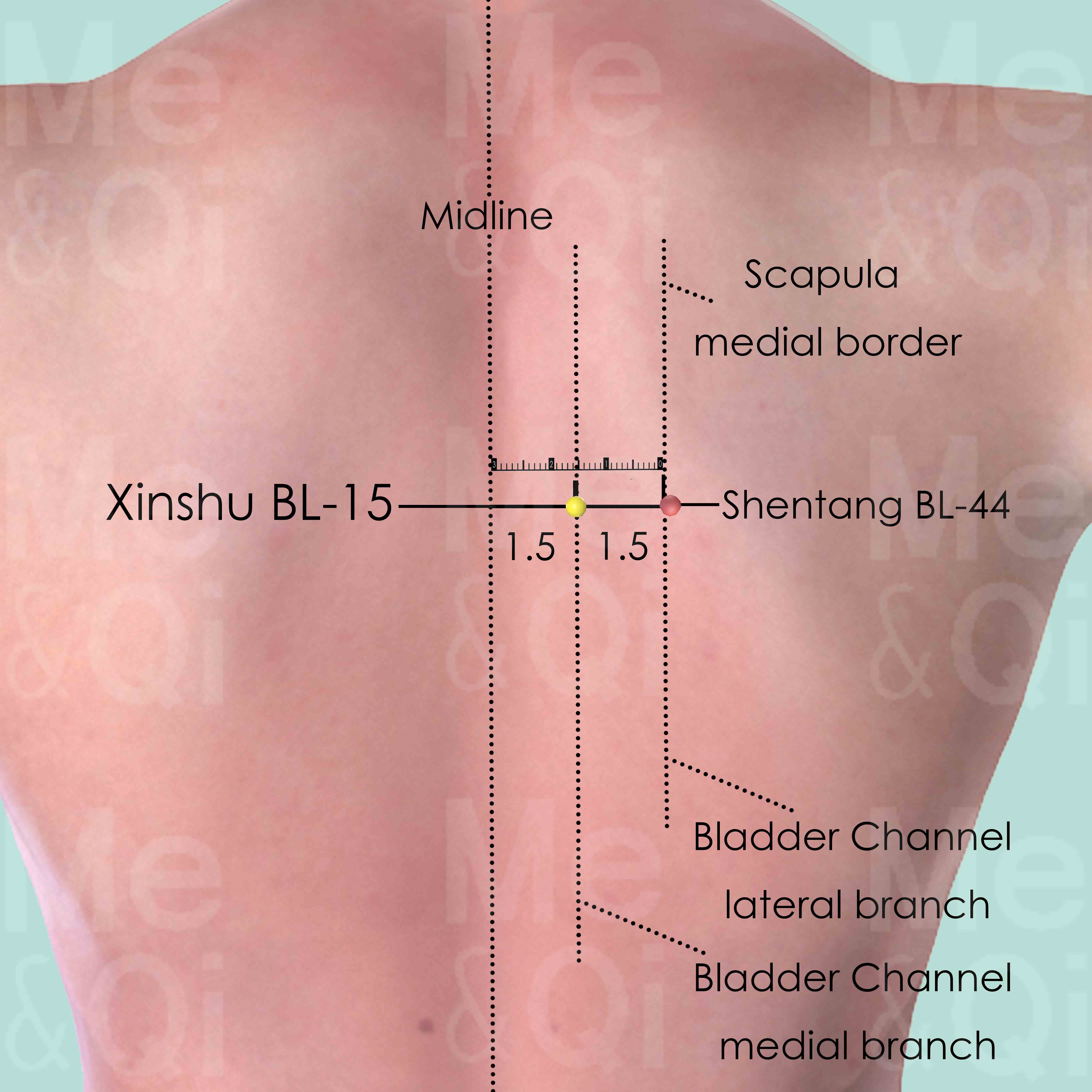
Xinshu BL-15
1.5 cun lateral to the lower border of the spinous process of the 5th thoracic vertebra (T5).
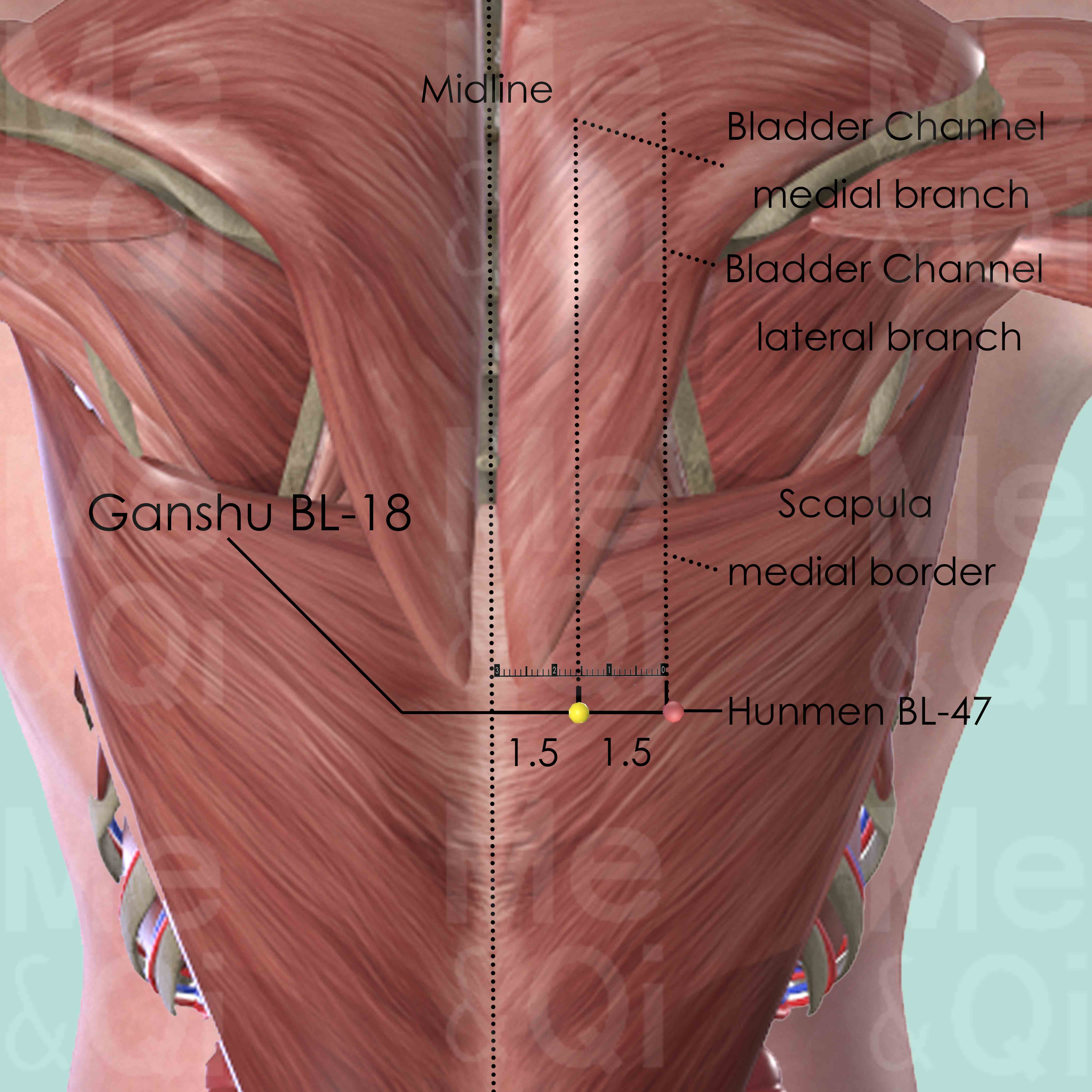
Ganshu BL-18
1.5 cun lateral to the lower border of the spinous process of the 9th thoracic vertebra (T9).
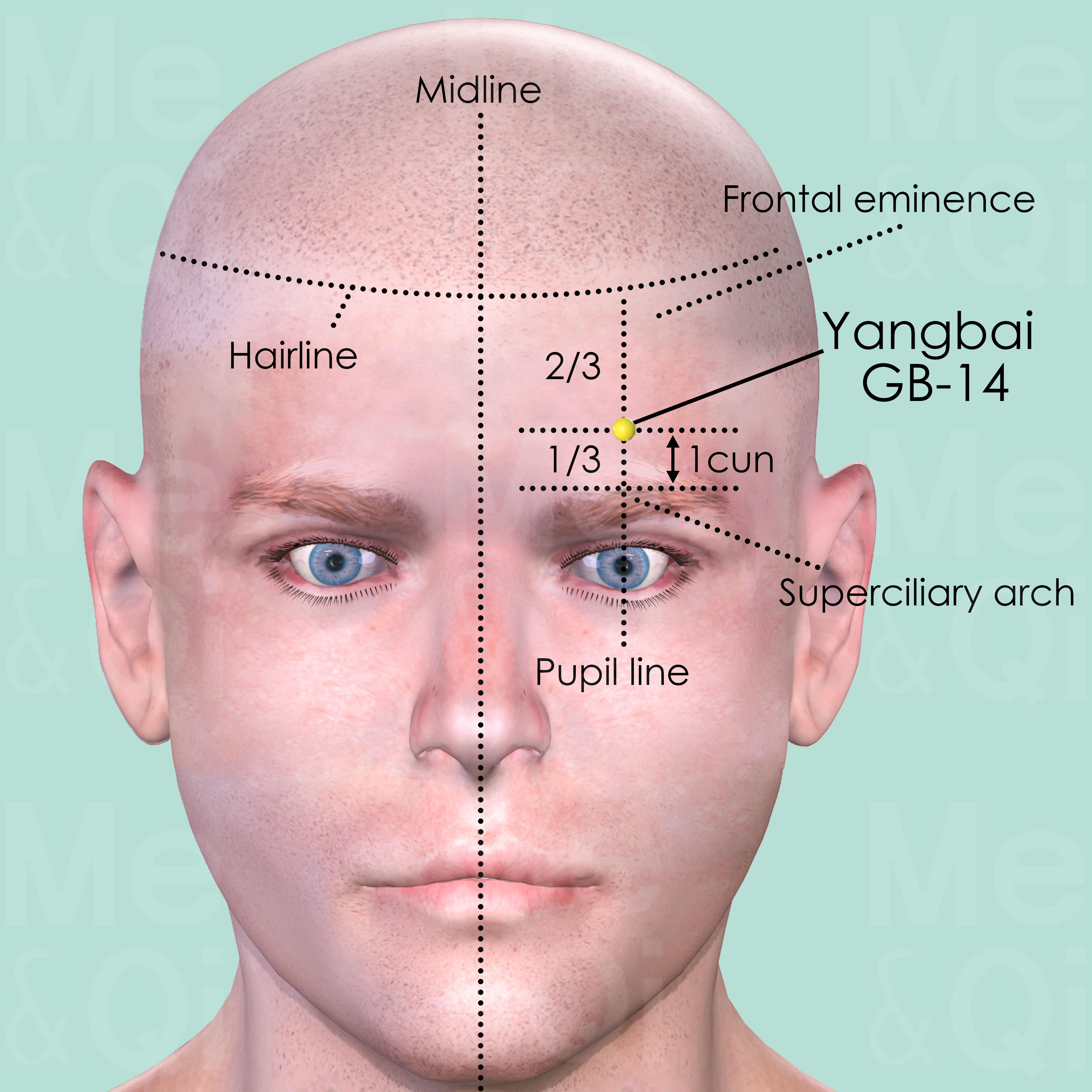
Yangbai GB-14
On the forehead, 1 cun above the midpoint of the eyebrow, approximately at the junction of the upper two-thirds and lower third of the vertical line draw from the anterior hairline to the eyebrow.
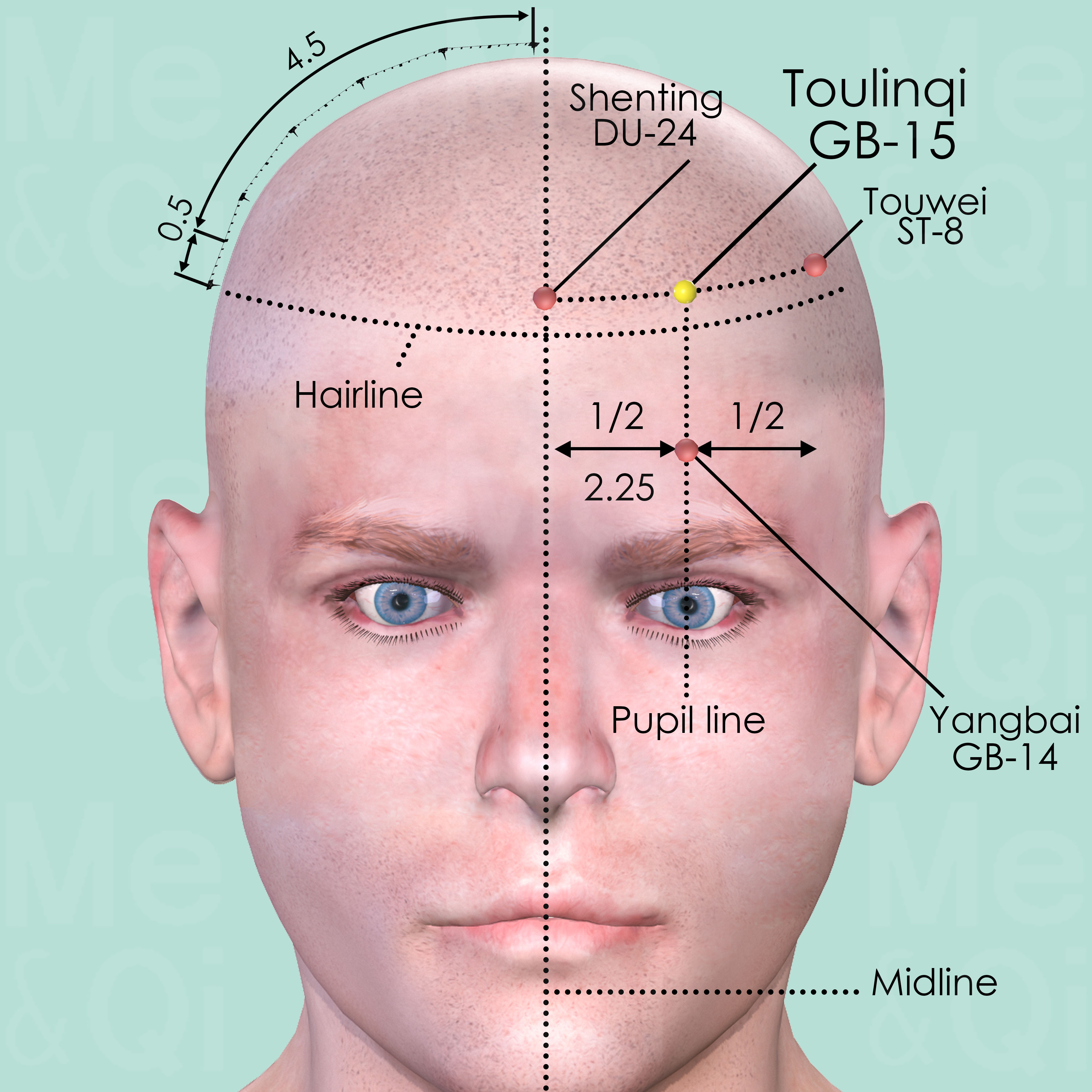
Toulinqi GB-15
Directly above Yangbai GB-14, on the pupil line, 0.5 cun within the hairline, midway between Shenting DU-24 and Touwei ST-8.
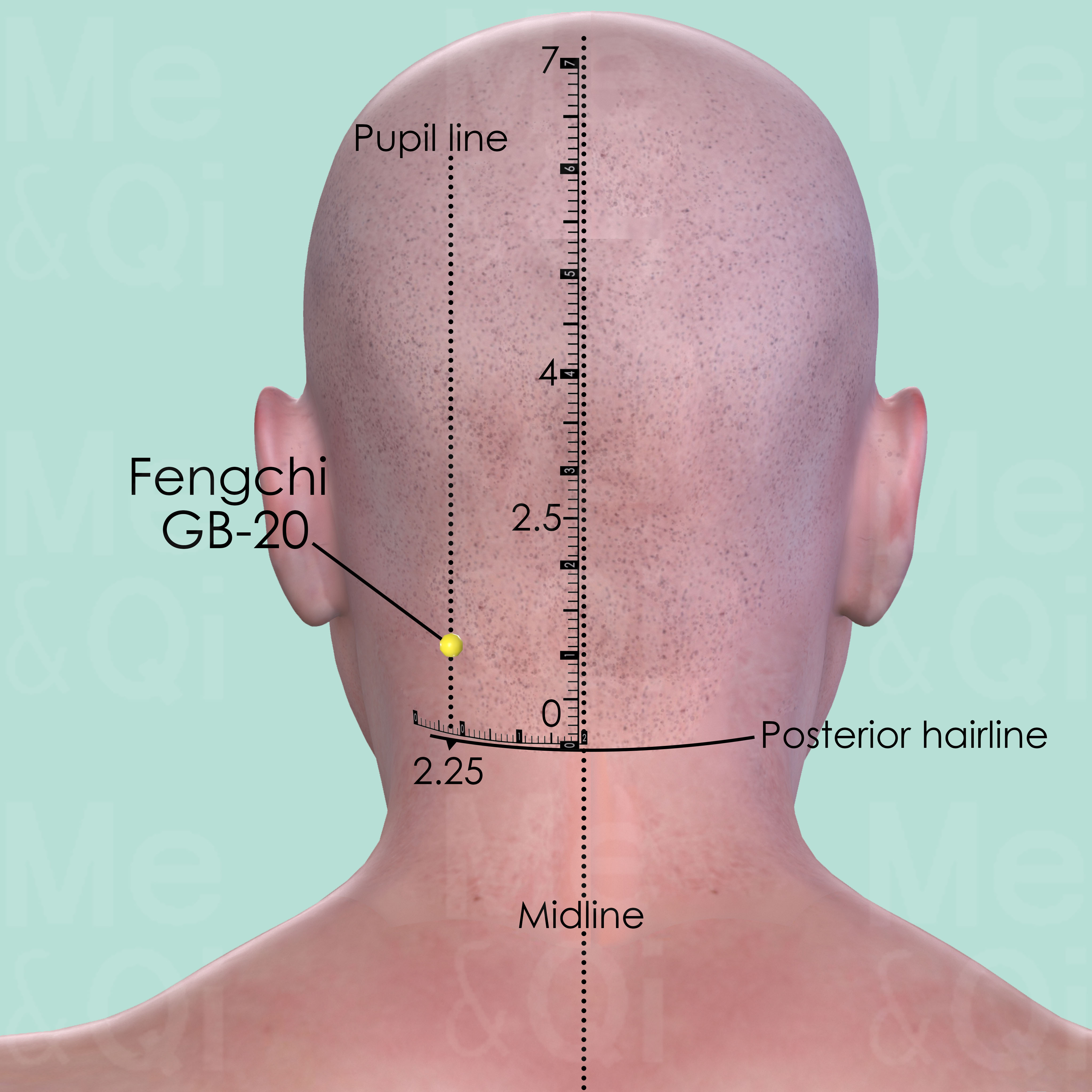
Fengchi GB-20
In the posterior aspect of the neck, below the occipital bone, in the depression between the upper portion of sternocleidomastoid and trapezius muscle.
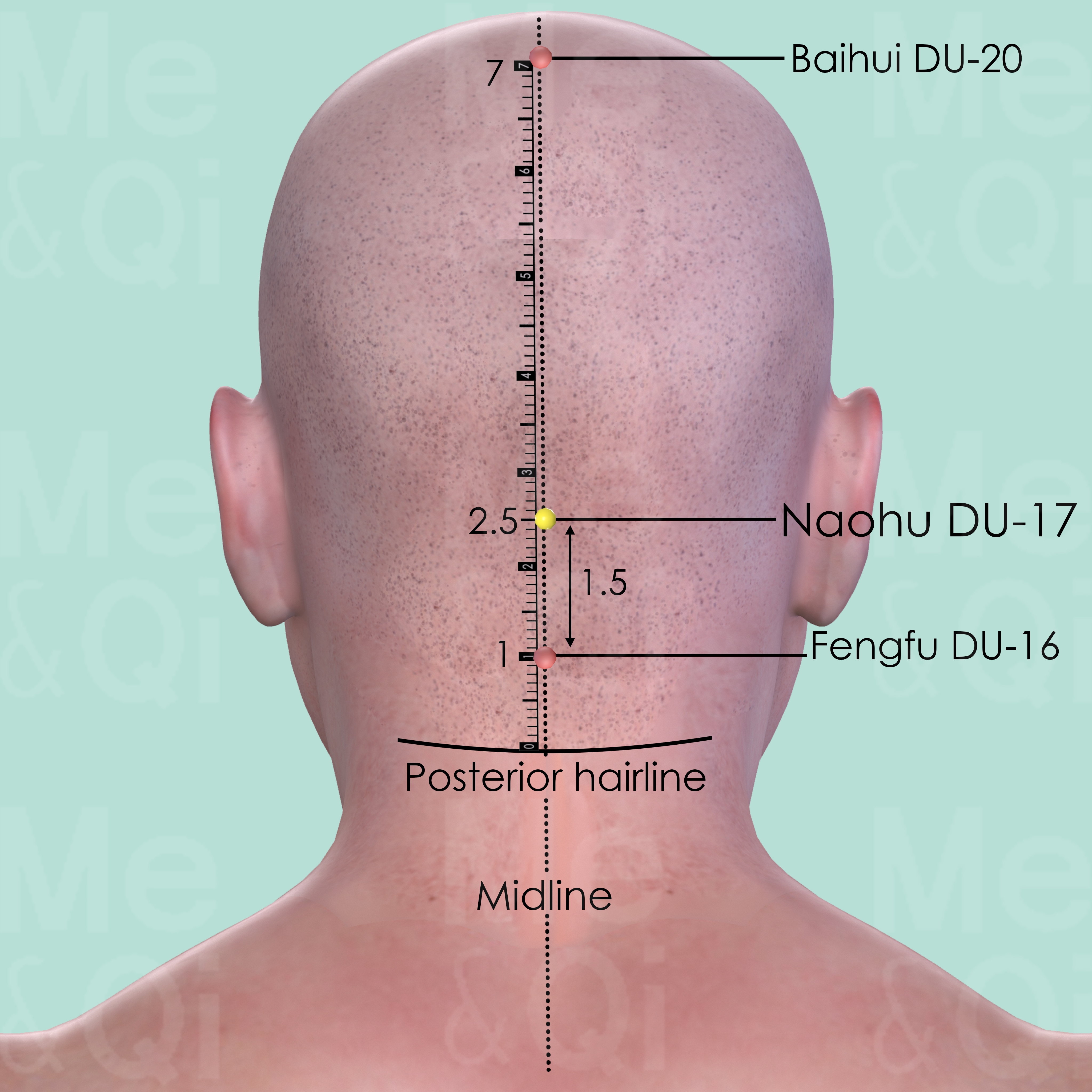
Naohu DU-17
1.5 cun above Fengfu DU-16 or 2.5 cun above the posterior hairline, in a depression superior to the external occipital protuberance.
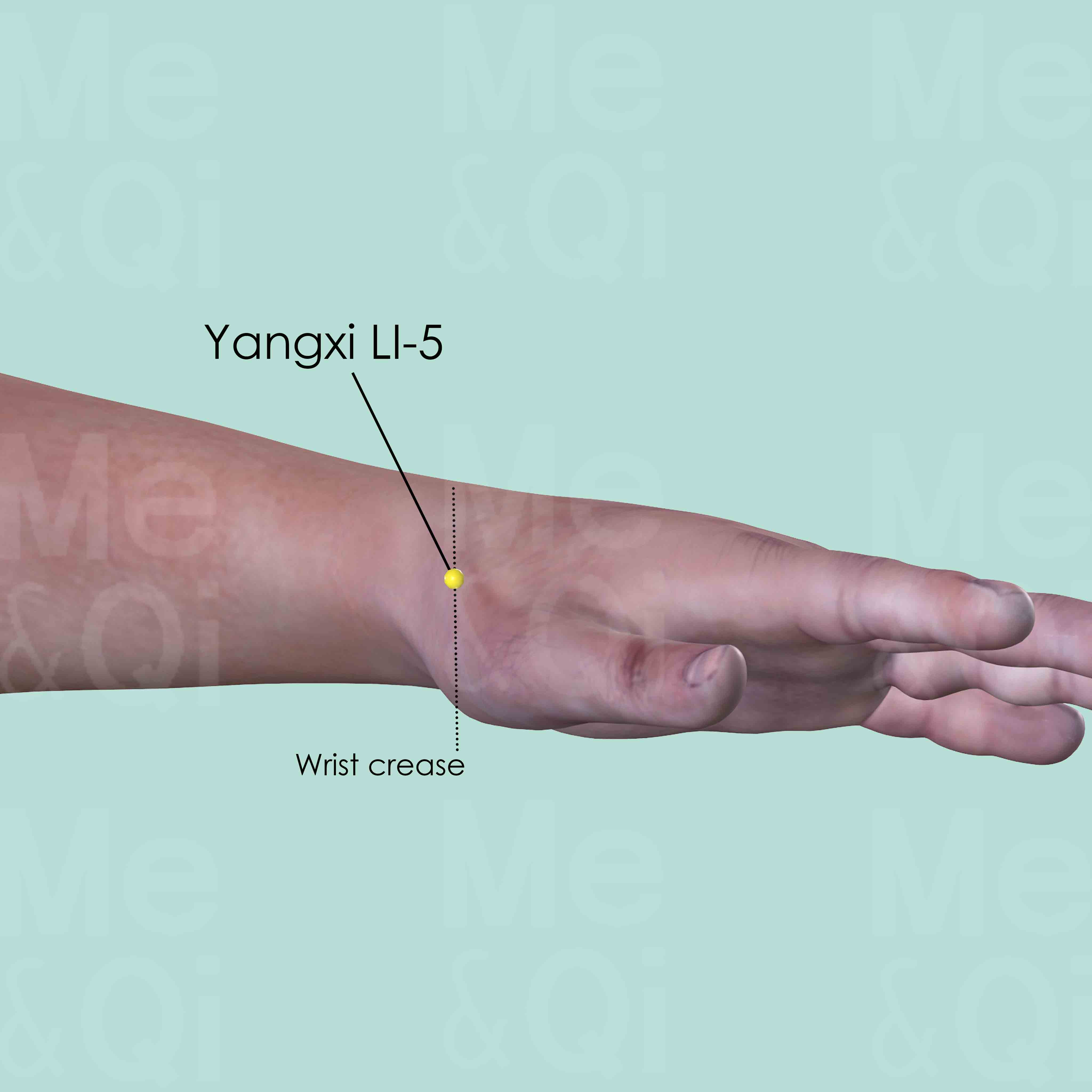
Yangxi LI-5
On the radial side of the wrist. When the thumb is tilted upward, it is in the depression on the wrist joint space (wrist crease) between the tendons of extensor pollicis longus and brevis muscles.
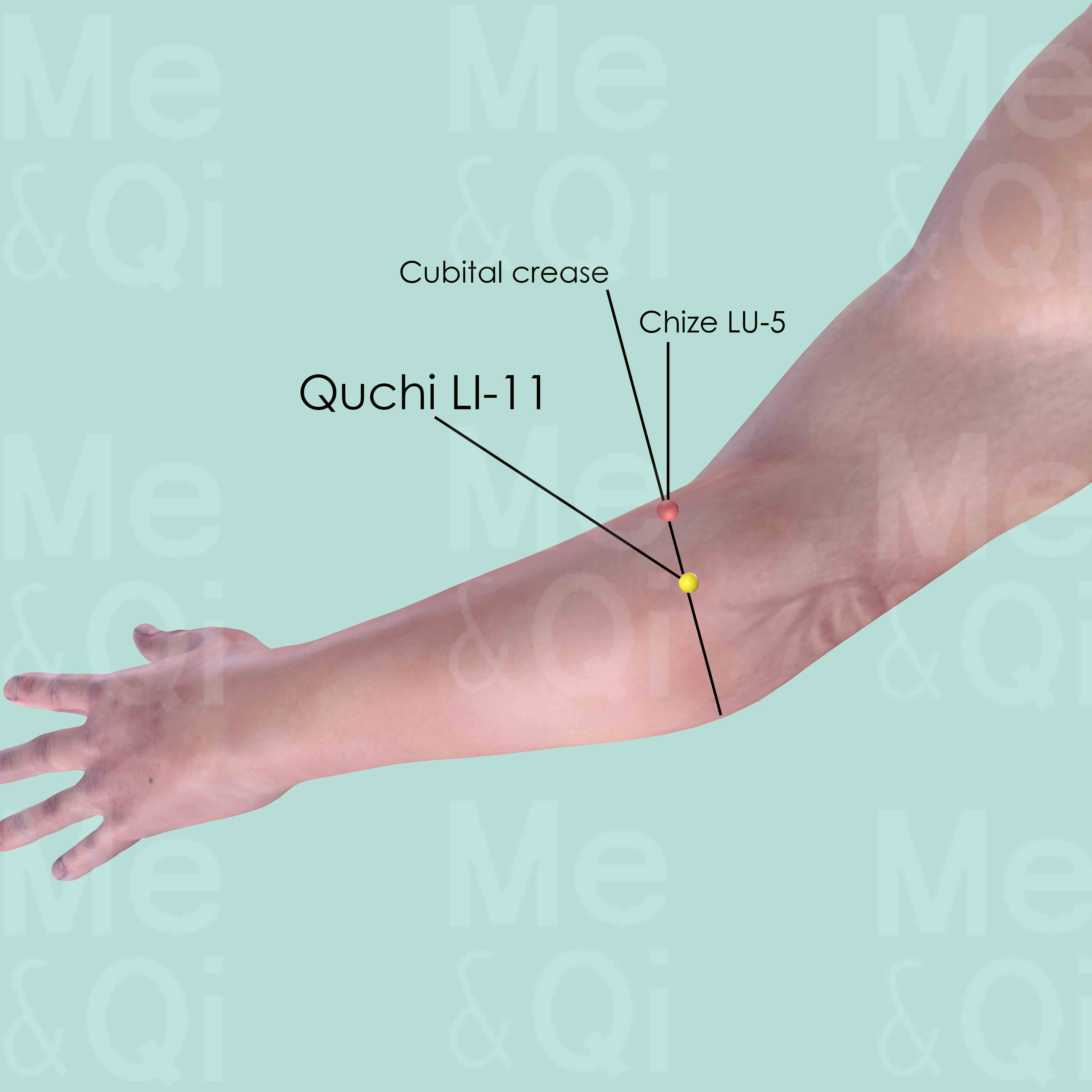
Quchi LI-11
When the elbow is flexed, Quchi LI-11 is in the depression at the lateral end of the cubital crease, midway between Chize LU-5 and the lateral epicondyle of the humerus.
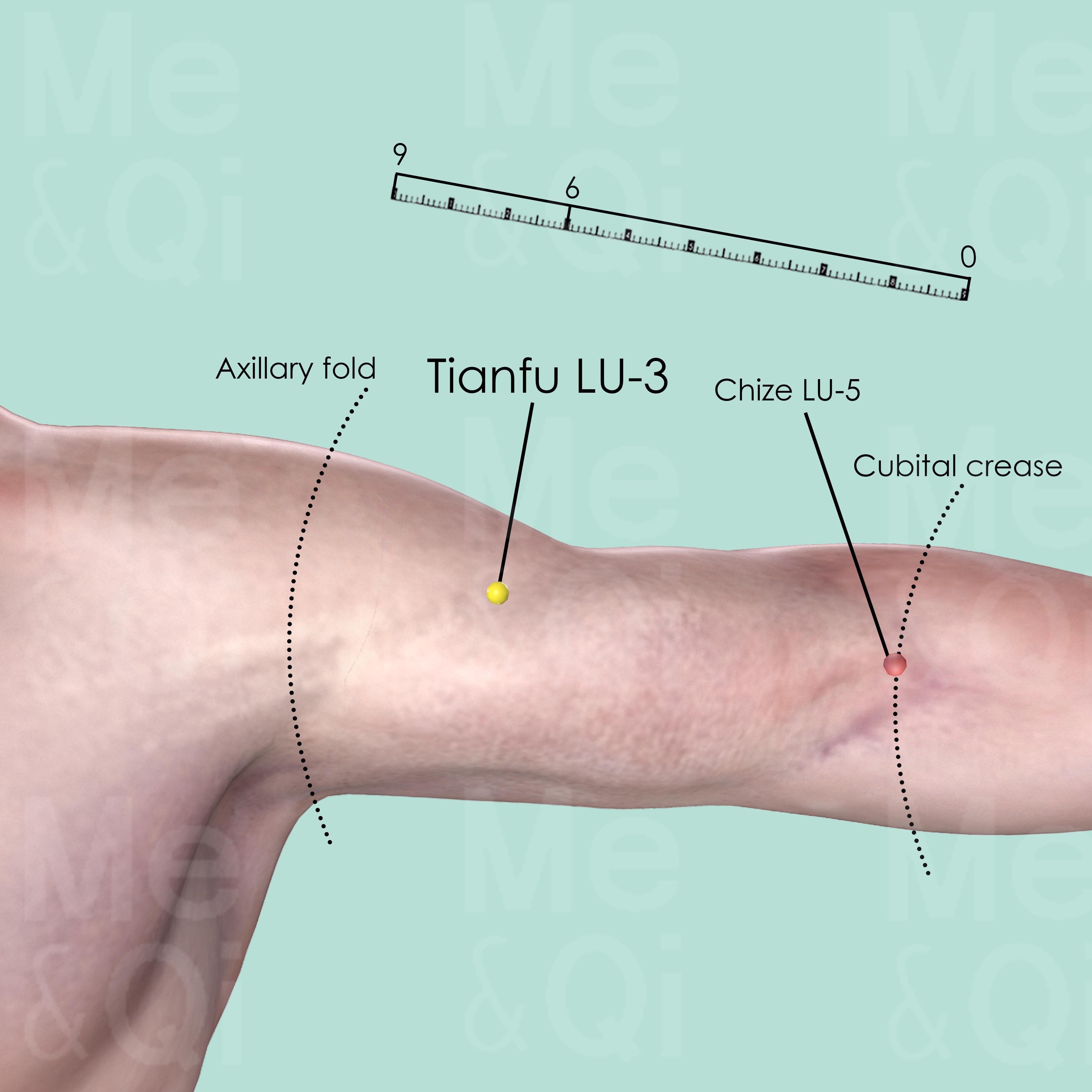
Tianfu LU-3
On the medial aspect of the upper arm, 3 cun below the end of the axillary fold and 6 cun above Chize LU-5, in the depression on the lateral border of biceps muscle.
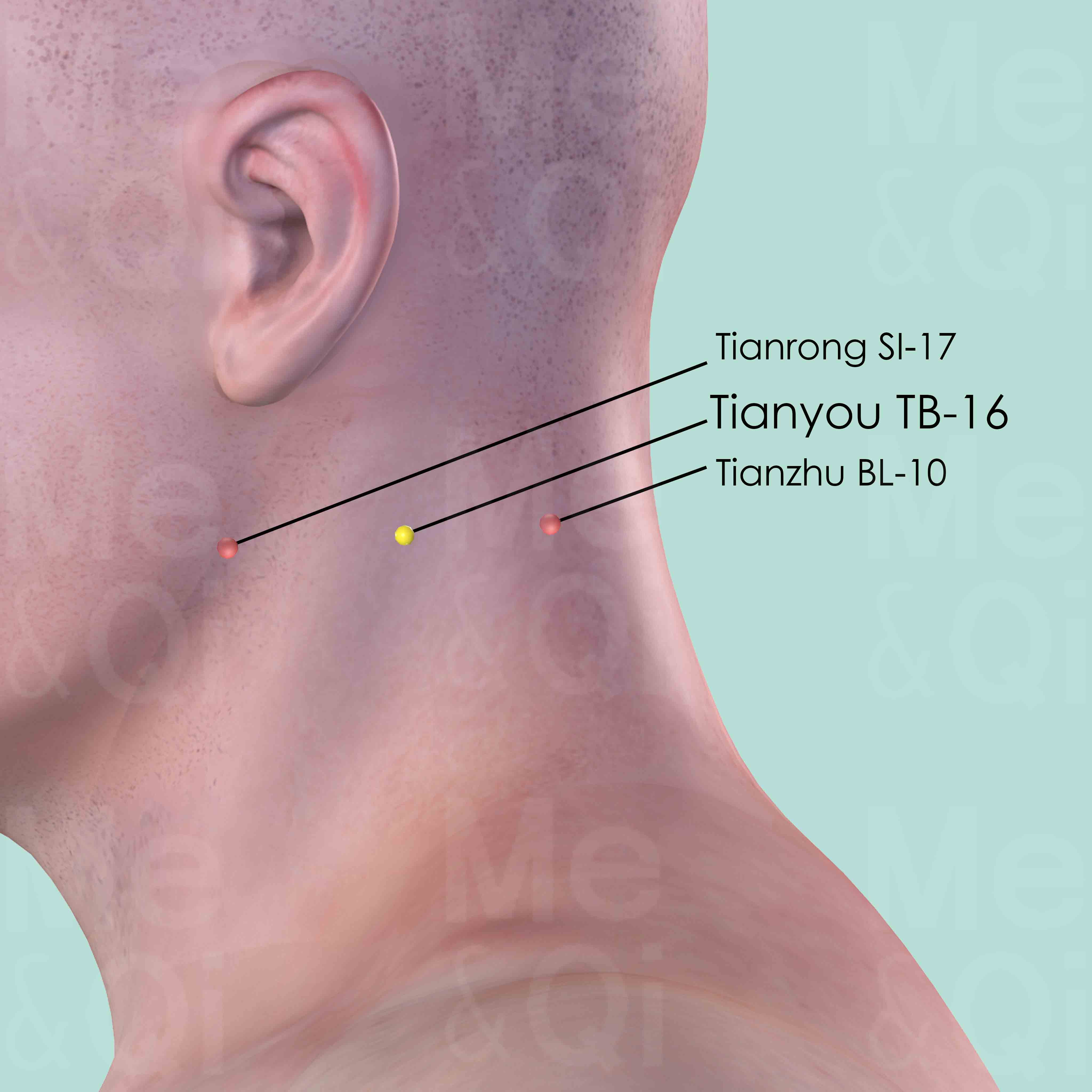
Tianyou TB-16
Posterior and inferior to the mastoid process, on the posterior border of sternocleidomastoid muscle, level with Tianrong SI-17 and Tianzhu BL-10.

